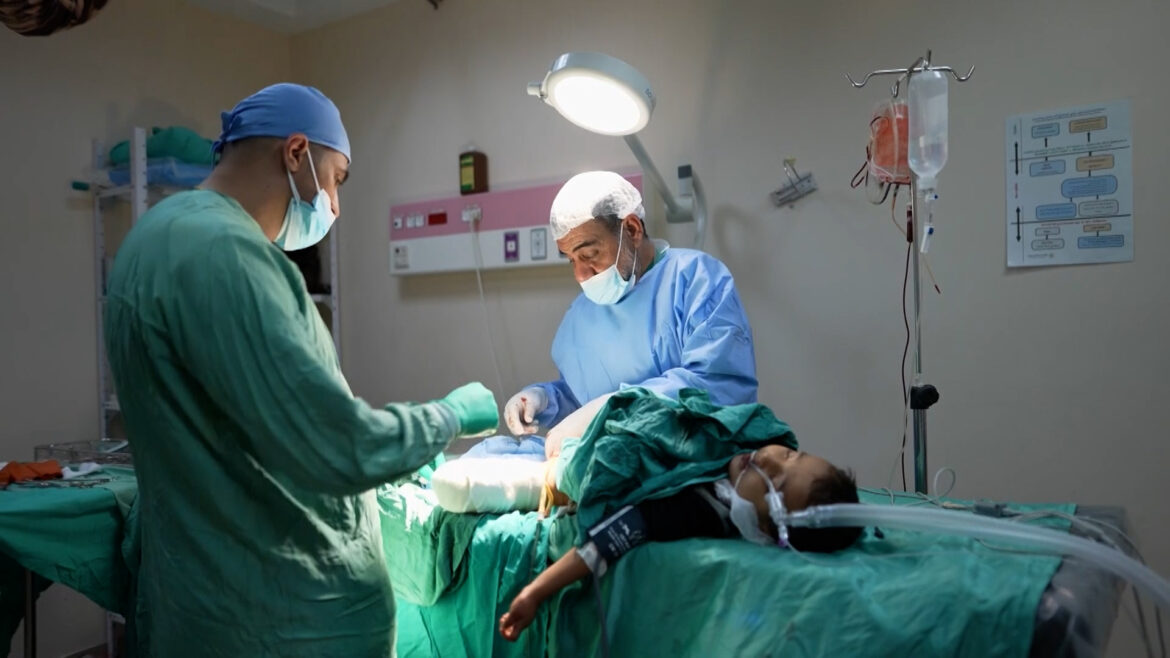12/9/2024–|Last update: 12/9/202406:25 PM (Makkah Time)
The World Health Organization said on Thursday that a quarter of people injured in the ongoing Israeli aggression on the Gaza Strip for more than 11 months have suffered “life-changing injuries”, with many requiring amputations and other “enormous” rehabilitation needs.
The organization explained in a statement that at least 22,500 of those injured in Gaza during the 11 months of aggression “will need rehabilitation services now and for years to come.”
“The massive increase in rehabilitation needs is occurring as the health system continues to be destroyed,” said Rick Peeperkorn, WHO representative in Gaza, in a statement.
The Ministry of Health in Gaza announced on Thursday that the death toll from the Israeli aggression on the Gaza Strip has risen to at least 41,118 martyrs, noting that the total number of wounded has risen to 95,125 since the beginning of the war.
The World Health Organization estimated that there were between 13,455 and 17,550 “serious limb injuries,” saying they were the main driver of the need for rehabilitation.
brain injuries
The report showed that between 3,105 and 4,050 amputations occurred, noting that other serious injuries included spinal cord injuries, brain injuries, and major burns.
Meanwhile, the WHO said only 17 of Gaza’s 36 hospitals are currently partially functioning, with primary health care services often suspended or inaccessible due to insecurity, attacks and repeated evacuation orders from Israel.
The only centre dedicated to limb restoration and rehabilitation, located in Nasser Medical Complex and supported by the World Health Organization, was also put out of service last December due to a shortage of supplies and specialised health workers.
“Unfortunately, a large portion of the rehabilitation workers in Gaza have been displaced,” the statement said.
“Patients cannot get the care they need,” Peppercorn explained, adding that “critical rehabilitation services are suspended and specialized care for complex injuries is not available, putting patients’ lives at risk.”



